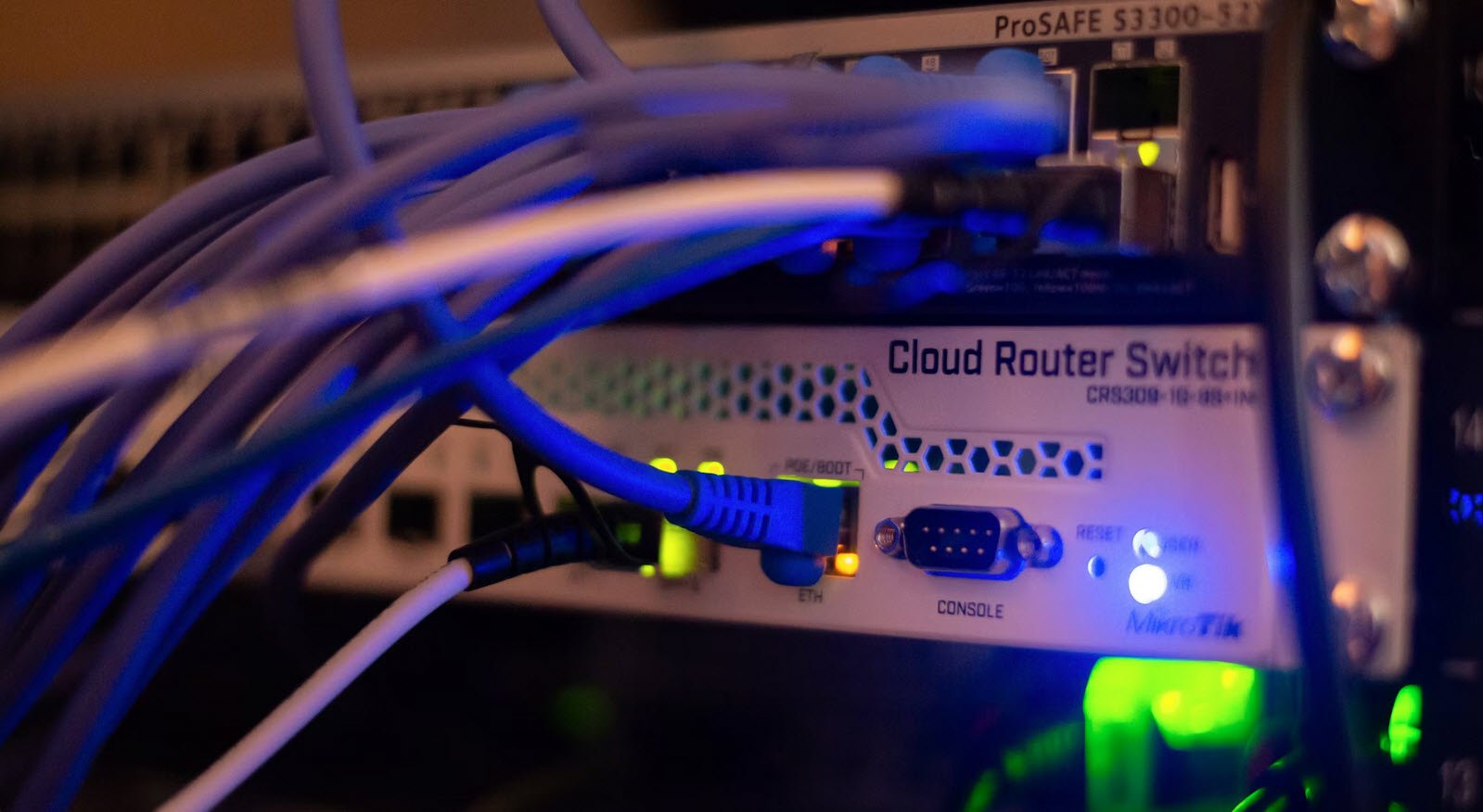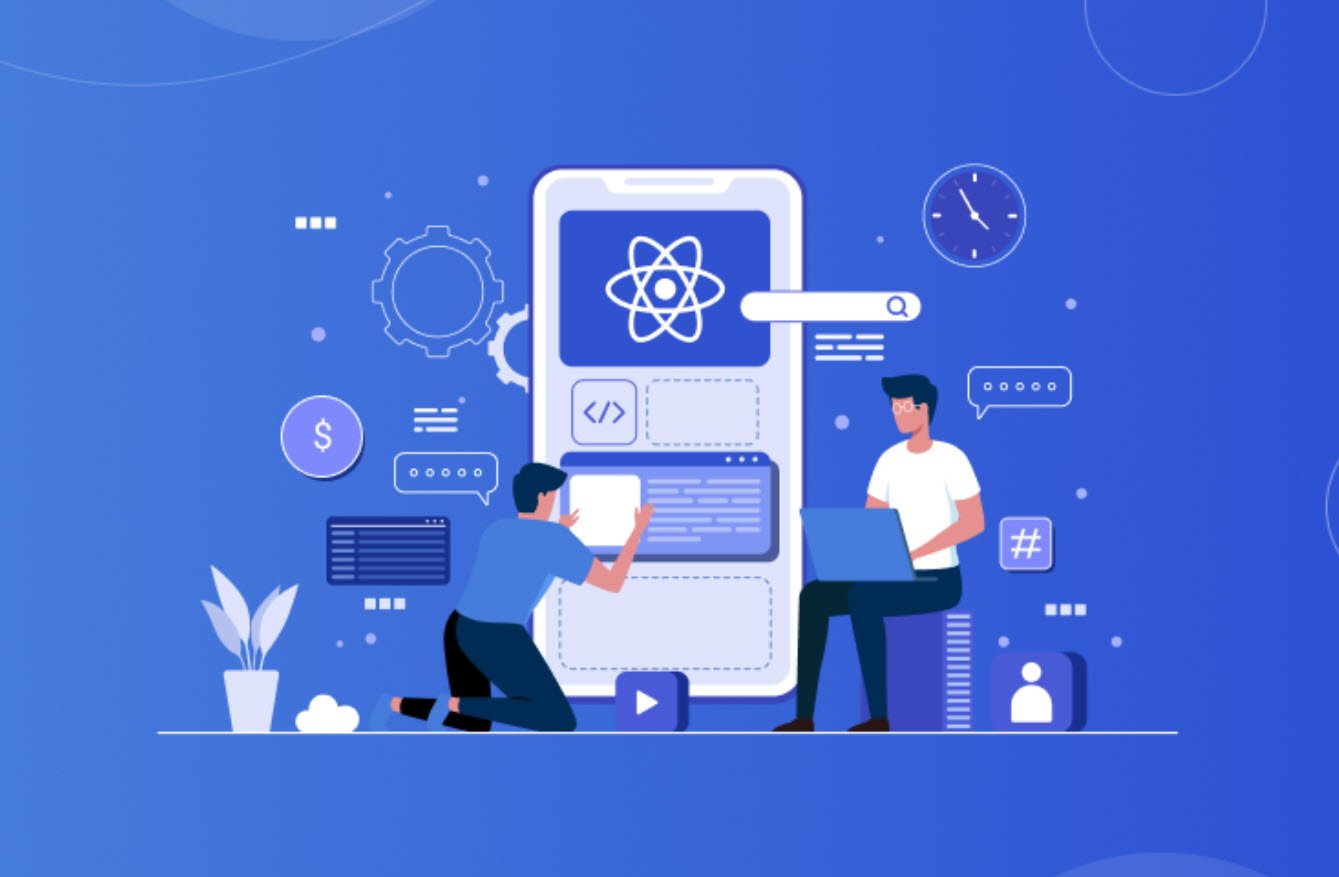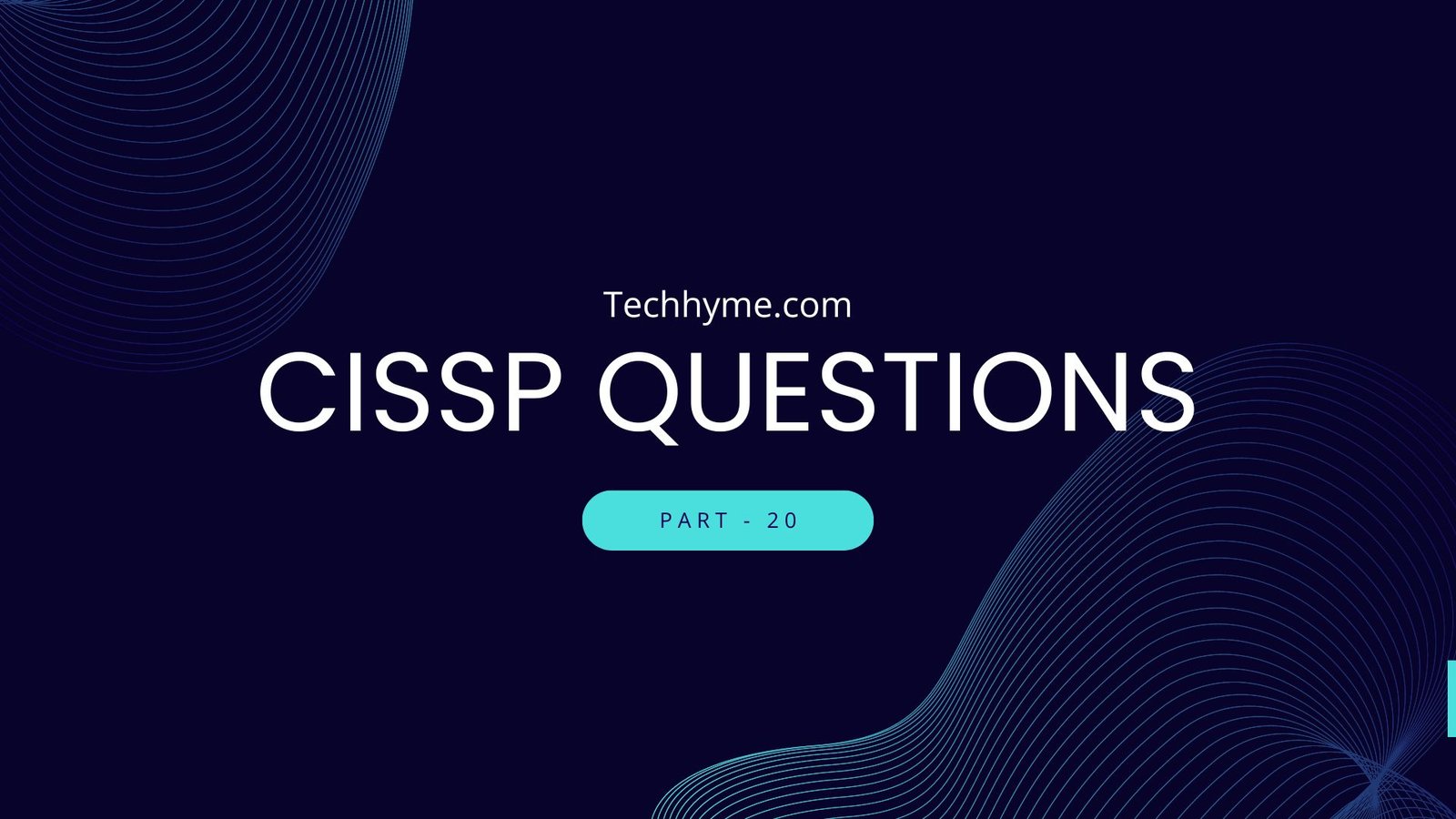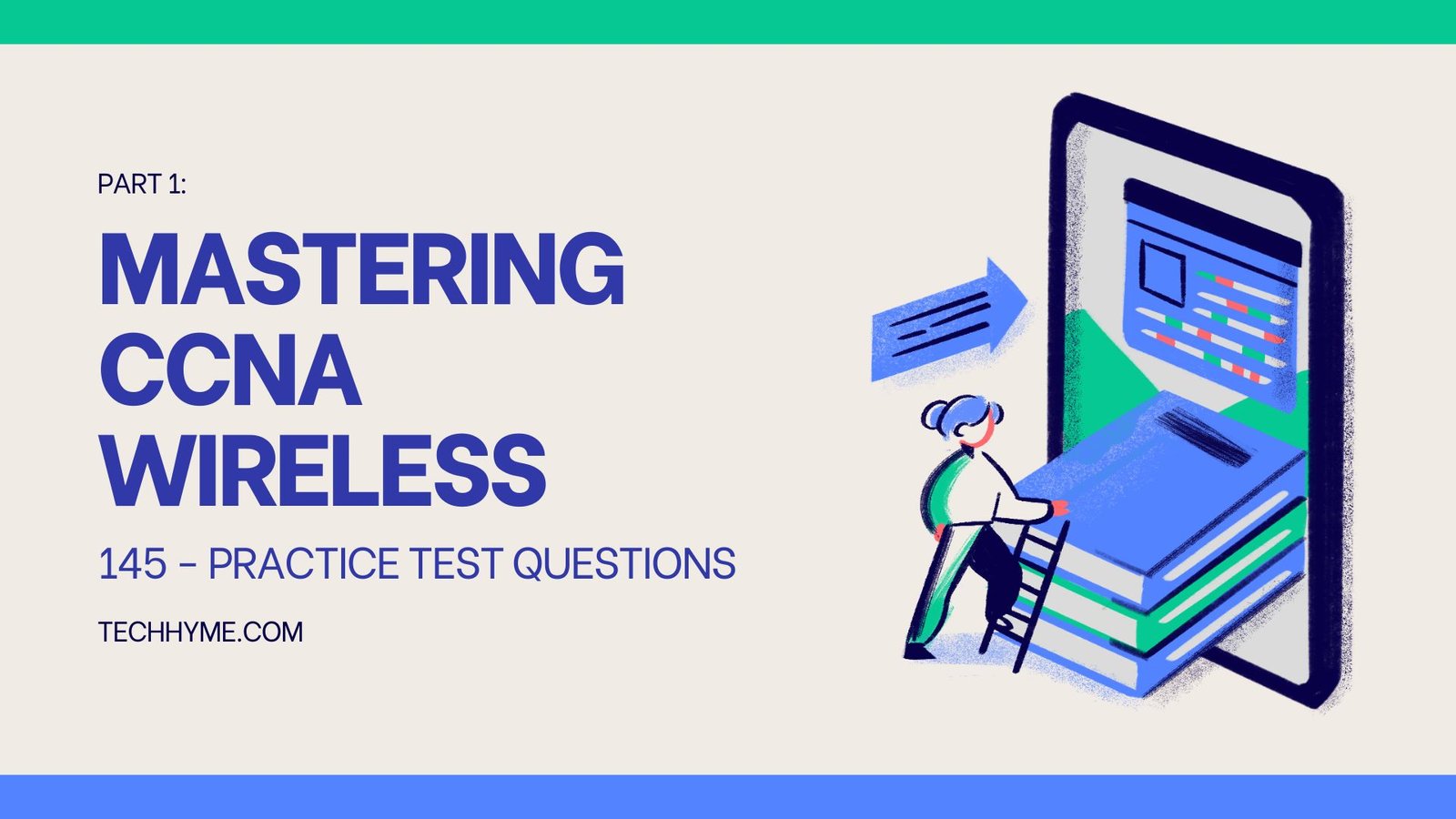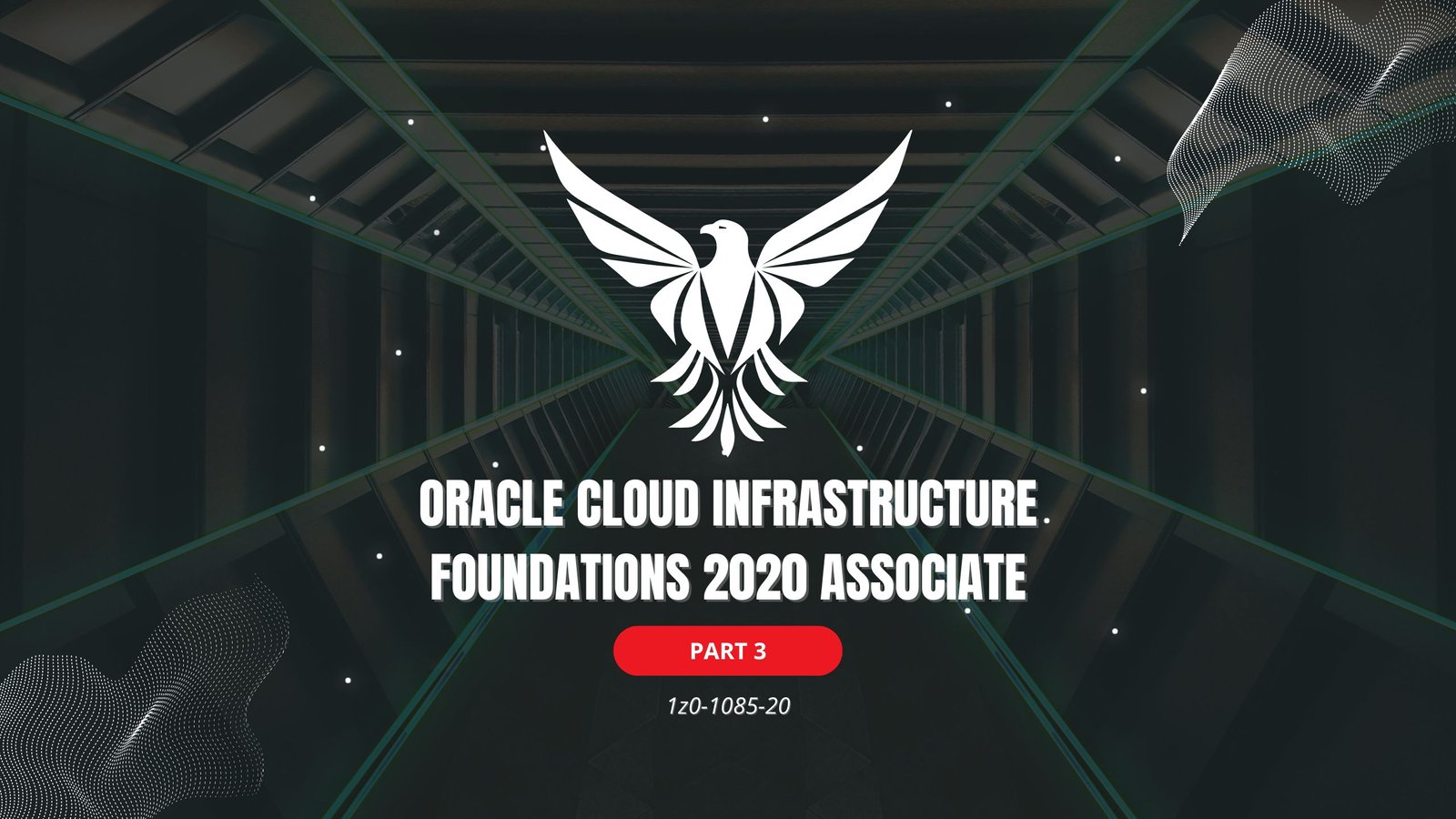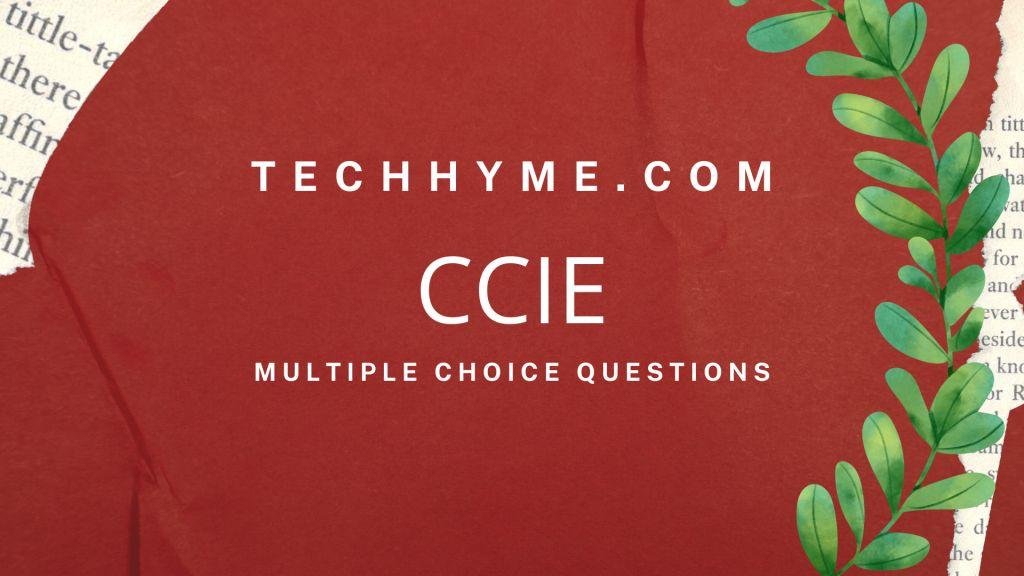
The CCIE Certification is the highest level of achievement for network professionals, certifying an individual as an expert or master. Cisco Systems has since become an unrivaled worldwide leader in networking for the Internet. Its networking solutions can easily connect users who work from diverse devices on disparate networks. Cisco products make it simple for people to access and transfer information without regard to differences in time, place, or platform.
The below listed questions are intended to help you continue on your exciting path toward obtaining your CCIE (Cisco Certified Internetwork Expert) certification. Before looking these questions, it is important to know the basic concepts of CCNA and CCNP.
- Cisco Certified Internetwork Expert – CCIE – Part 1
- Cisco Certified Internetwork Expert – CCIE – Part 2
- Cisco Certified Internetwork Expert – CCIE – Part 3
- Cisco Certified Internetwork Expert – CCIE – Part 4
- Cisco Certified Internetwork Expert – CCIE – Part 5
- Cisco Certified Internetwork Expert – CCIE – Part 6
- Cisco Certified Internetwork Expert – CCIE – Part 7
- Cisco Certified Internetwork Expert – CCIE – Part 8
- Cisco Certified Internetwork Expert – CCIE – Part 9
- Cisco Certified Internetwork Expert – CCIE – Part 10
- Cisco Certified Internetwork Expert – CCIE – Part 11
- Cisco Certified Internetwork Expert – CCIE – Part 12
- Cisco Certified Internetwork Expert – CCIE – Part 13
- Cisco Certified Internetwork Expert – CCIE – Part 14
- Cisco Certified Internetwork Expert – CCIE – Part 15
- Cisco Certified Internetwork Expert – CCIE – Part 16
- Cisco Certified Internetwork Expert – CCIE – Part 17
- Cisco Certified Internetwork Expert – CCIE – Part 18
- Cisco Certified Internetwork Expert – CCIE – Part 19
These articles covers everything you need to pass the CCIE Routing and Switching written exam. Each article contains a set of testing questions along with their answer and explanation.
This article covers: Common transport standards.
1. What type of Ethernet frame uses a Type field?
- 802.2
- SNAP
- Ethernet_II
- 802.3
Answer – C
Explanation – The Ethernet_II standard uses a Type field to identify the network layer protocol.
2. Which type of Ethernet frame uses a Length field?
- 802.2
- SNAP
- Ethernet_II
- 802.3
Answer – A, B, D
Explanation – The 802.3 frame uses a Length field, but the 802.3 Length field is also used in SNAP and 802.2 frames.
3. Which frame uses DSAP and SSAP to identify the upper-layer protocol?
- 802.2
- SNAP
- Ethernet_II
- 802.3
Answer – A
Explanation – The best answer is A: 802.2. Even though the SNAP frame uses DSAPs and SSAPs, they do not identify the upper-layer protocol.
4. Which technology allows Ethernet segments up to 185 meters using 50 ohms?
- 10Base2
- Thicknet
- 10Base5
- Thinnet
Answer – A, D
Explanation – 10Base2 and Thinnet are the same thing. 10Base means 10Mbps of baseband technology.
5. Which technology uses Ethernet segments up to 500 meters using 50 ohm terminators?
- 10Base2
- Thicknet
- 10Base5
- Thinnet
Answer – B, D
Explanation – Both Thicknet and Thinnet are 10Mbps baseband technologies that use 50 ohm terminators.
6. Which three major services does LANE provide?
- Connection-oriented service between LANs
- Connectionless service between LANs
- The ability to carry multicast services
- Media access control driver services
Answer – B, C, D
Explanation – LANE provides connectionless service on broadcast LANS and allows multicast services and MAC services.
7. How many bits is a MAC address?
- 24
- 48
- 94
- 96
Answer – B
Explanation – A MAC address is 6 bytes, or 48 bits long.
8. Which PPP protocol provides a method for establishing, configuring, maintaining, and terminating the point-to-point connection?
- TCP
- NCP
- LCP
- IPCP
Answer – C
Explanation – Link Control Protocol (LCP) is used to set up and maintain a connection as well as authentication.
9. Which PPP protocol is used to establish and configure different network layer protocols?
- TCP
- NCP
- LCP
- IPCP
Answer – B
Explanation – Network Control Protocol creates an independent field in a PPP header to identify the upper-layer network protocol.
10. What was created to overcome the problem of collisions that occur when packets are transmitted simultaneously from different nodes?
- Collsion detection and jamming paterns
- CSMA/CD
- TCP/IP
- Ethernet
Answer – A, B
Explanation – Collision detection and jamming patterns are used within the CSMA/CD protocol to control collisions in a network segment.
11. In a MAC address, how many bits does the IEEE assign?
- 24
- 48
- 94
- 96
Answer – A
Explanation – A MAC address is 6 bytes long (48 bits). The IEEE assigns the first 3 bytes to the manufacturer.
12. Which IEEE committee is responsible for token ring?
- 802.3z
- 802.3u
- 802.1q
- 802.5
Answer – D
Explanation – The 802.5 IEEE committee has taken over the IBM version of Token Ring, and that works within the 802.5 specifications.
13. What is an R reference used for in ISDN?
- To define the reference point between non-ISDN equipment (TE2) and a TA
- To define the reference point between user terminals and an NT2
- To define the reference point between NT1 and NT2 devices
- To define the reference point between NT1 devices and line-termination equipment in a carrier network
Answer – A
Explanation – This is the point in the network between the Terminal Adapter (TA) and the interface of a router or phone that is not equipped to handle the ISDN signaling techniques.
14. What is an S reference used for in ISDN?
- To define the reference point between non-ISDN equipment (TE2) and a TA
- To define the reference point between user terminals and an NT2
- To define the reference point between NT1 and NT2 devices
- To define the reference point between NT1 devices and line termination equipment in a carrier network
Answer – B
Explanation – ISDN is a two-wire technology (one-pair). The S reference point defines the place in the network where the four-wire network must be turned into a two-wire network for use on an ISDN network. Since the T reference point is basically the same thing, it is typically called an S/T reference point.
15. Which ISDN protocol covers switching and signaling?
- E
- I
- Q
- S
Answer – C
Explanation – The Q protocol is used to discuss the switching and signaling techniques in an ISDN network.
16. What is a TE1 used for in ISDN?
- Typically, as a provider’s equipment, such as a switch or a PBX
- To implement the physical layer specifications and connect the user devices to the ISDN network
- As terminals that predate ISDN standards
- As terminals that understand ISDN standards
Answer – D
Explanation – Terminal Equipment type 1 devices already understand ISDN signaling techniques.
17. What is a TE2 used for with ISDN?
- Typically, as a provider’s equipment, such as a switch or a PBX
- To implement the physical layer specifications and connect the user devices to the ISDN network
- As terminals that do not natively support ISDN standards
- As terminals that understand ISDN standards
Answer – C
Explanation – Terminal Equipment type 2 devices do not understand ISDN signaling standards and need a terminal adapter to convert the signaling.
18. What is the LMI responsible for?
- Keepalives
- Multicasting
- Multicast addressing
- The status of virtual circuits
Answer – A, B, C, and D
Explanation – Local Management Interface is used for keepalives between PVCs, multicasting and providing the status of virtual circuits between devices on a frame relay network.
19. Which of the following is true regarding half-duplex Ethernet?
- Uses a point-to-point connection between the transmitter of the transmitting station and the receiver of the receiving station
- Uses a single cable similar to a narrow one-way-bridge road
- Is not compatible with 100BaseT
- Works only with Cisco switches
Answer – B
Explanation – Half-duplex is one twisted-pair wire in which the signal travels in both directions down the wire, but just one direction at a time.
20. Which of the following allow you to mitigate partial meshed frame relay networks and support split horizon protocols?
- LANE
- Ethernet
- Secondary
- Subinterfaces
Answer – D
Explanation – Subinterfaces allow you to configure multiple virtual circuits into one physical interface.
- 80 Most Important Network Fundamentals Questions With Answers
- 100 Most Important SOC Analyst Interview Questions
- Top 40 Cyber Security Questions and Answers
- Top 10 React JS Interview Theory Questions and Answers
- CISSP – Practice Test Questions – 2024 – Set 20 (53 Questions)
- Part 2: Exploring Deeper into CCNA – Wireless (145 Practice Test Questions)
- Part 1: Mastering CCNA – Wireless (145 Practice Test Questions)
- [1z0-1085-20] Oracle Cloud Infrastructure Foundations 2020 Associate MCQ Questions – Part 3
- [1z0-1085-20] Oracle Cloud Infrastructure Foundations 2020 Associate MCQ Questions – Part 2
- [1z0-1085-20] Oracle Cloud Infrastructure Foundations 2020 Associate MCQ Questions – Part 1

